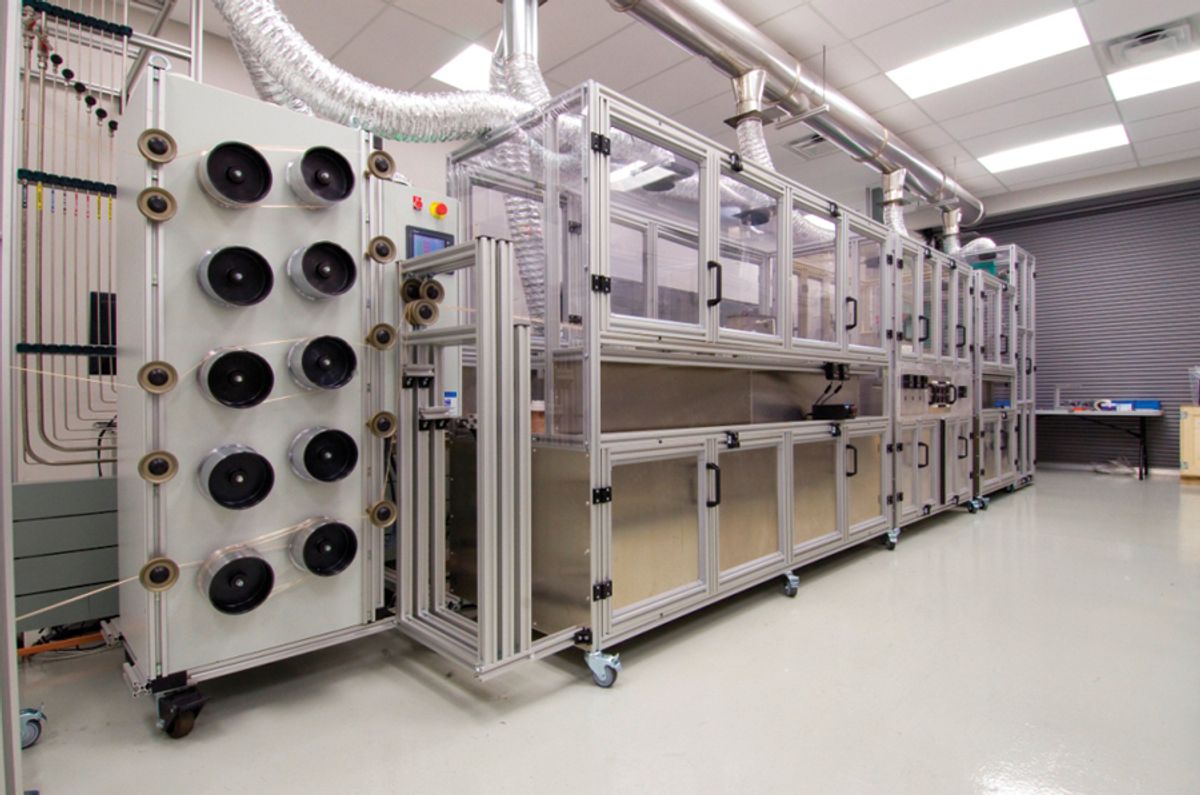I have at times made out the use of carbon nanotubes in fillers for composite resins as much a marketing ploy as it was a structural improvement.
It seems researchers of a joint research project between Applied NanoStructured Solutions LLC (ANS, Baltimore, Md.), a Lockheed Martin subsidiary, and Owens Corning (Toledo, Ohio) were not altogether satisfied either with just using carbon nanotubes in these fillers.
The researchers were frustrated that resin loading of the carbon nanotubes was limited to little more than 3% or else the filler would become to viscous. So instead they started to look for ways of using carbon nanotubes in reinforcements rather than resins.
Back in 2007 when they embarked on this project they were looking to develop a way to incorporate nanoparticles directly into the fibers themselves. Now they have done that and also managed to do it in a way that it can be dropped into composites processors.
Dexter Johnson is a contributing editor at IEEE Spectrum, with a focus on nanotechnology.




